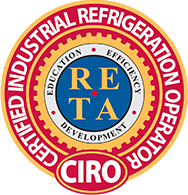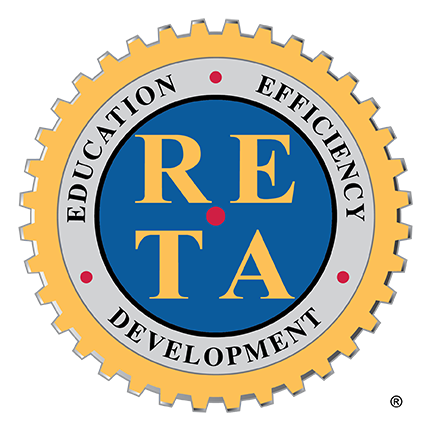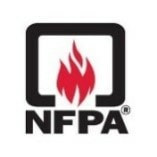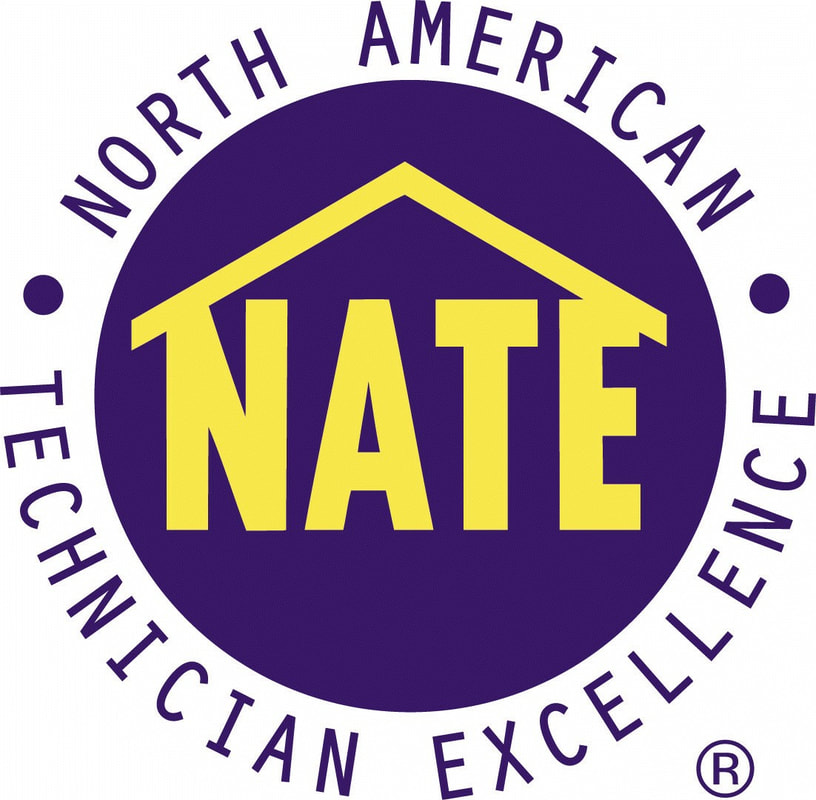|
PSM / RMP (Process Safety Management / Risk Management)
Program Development and Maintenance for Ammonia Refrigeration systems 10,000 #'s maximum operating capacity and over. |
Refrigeration & HVAC
Mechanical & Plumbing Food Process PSM-RMP & Safety Services Controls & Automation Planned Maintenance |
Wagner-Meinert, LLC has developed an extensive development and maintenance program for Process Safety and Risk Management Programs.
Implementation Program:
1. Employee Participation
A. Policy Development
B. Form Development
2. Process Safety Information
A. Policy Development
B. Compile Equipment Information
C. Develop Process Flow Schematics
D. Develop Refrigeration Floor Plan
E. Perform an Ammonia Inventory Calculation
F. Assign and Document Valve Numbers
G. Develop Process and Instrumentation Diagrams
H. Develop a Complete Valve List
I. Develop a Block Flow Diagram
J. Tag Ammonia Refrigeration Valves
K. Document Engine Room Emergency Ventilation System
L. Document the Relief System Capacities
M. Material and Energy Balance
N. Pipe Labeling
O. Equipment Labeling
3. Process Hazard Analysis
A. Policy Development
B. Form Development
C. Conduct a Process Hazard Analysis (Every 5 Years)
4. Operating Procedures
A. Develop Standard Operating Procedures for Ammonia Equipment
B. Draft Policy for Opening the Refrigeration System
5. Training
A. Policy Development
B. Form Development
C. Conduct Training - Multi-Level (Annual and Every Three Years)
6. Contractors
A. Policy Development
B. Form Development
7. Pre-Startup Safety Review
A. Policy Development
B. Pre-Startup Safety Review Form Development
C. Pre-Charging Form Development
8. Mechanical Integrity
A. Policy Development
B. Compile Operation And Maintenance Manuals
C. Develop Log Sheets
D. Mechanical Integrity Inspections (Every 5 years)
E. Annual Ammonia Inspections (Yearly)
9. Hot Work Permit
A. Policy Development
B. Form Development
10. Management of Change
A. Policy Development
B. Management of Change Form Development
C. Decommissioning Form Development
11. Incident Investigation
A. Policy Development
B. Form Development
12. Emergency Planning and Response
A. Policy Development
B. Form Development
C. Draft Support Personnel Entry Policy
13. Compliance Audits
A. Policy Development
B. Form Development
C. Compliance Audits (Every 3 Years)
14. Information Dissemination / Trade Secrets Policy
A. Policy Development
B. Form Development
15. Additional Risk Management Requirements
A. Policy Development
B. Release Modeling
C Accident History
D. Plan Submittal (Every 5 Years)
16. Department of Homeland Security: Chemical Facility
A. Policy Development
B. Registration
Implementation Program:
1. Employee Participation
A. Policy Development
B. Form Development
2. Process Safety Information
A. Policy Development
B. Compile Equipment Information
C. Develop Process Flow Schematics
D. Develop Refrigeration Floor Plan
E. Perform an Ammonia Inventory Calculation
F. Assign and Document Valve Numbers
G. Develop Process and Instrumentation Diagrams
H. Develop a Complete Valve List
I. Develop a Block Flow Diagram
J. Tag Ammonia Refrigeration Valves
K. Document Engine Room Emergency Ventilation System
L. Document the Relief System Capacities
M. Material and Energy Balance
N. Pipe Labeling
O. Equipment Labeling
3. Process Hazard Analysis
A. Policy Development
B. Form Development
C. Conduct a Process Hazard Analysis (Every 5 Years)
4. Operating Procedures
A. Develop Standard Operating Procedures for Ammonia Equipment
B. Draft Policy for Opening the Refrigeration System
5. Training
A. Policy Development
B. Form Development
C. Conduct Training - Multi-Level (Annual and Every Three Years)
6. Contractors
A. Policy Development
B. Form Development
7. Pre-Startup Safety Review
A. Policy Development
B. Pre-Startup Safety Review Form Development
C. Pre-Charging Form Development
8. Mechanical Integrity
A. Policy Development
B. Compile Operation And Maintenance Manuals
C. Develop Log Sheets
D. Mechanical Integrity Inspections (Every 5 years)
E. Annual Ammonia Inspections (Yearly)
9. Hot Work Permit
A. Policy Development
B. Form Development
10. Management of Change
A. Policy Development
B. Management of Change Form Development
C. Decommissioning Form Development
11. Incident Investigation
A. Policy Development
B. Form Development
12. Emergency Planning and Response
A. Policy Development
B. Form Development
C. Draft Support Personnel Entry Policy
13. Compliance Audits
A. Policy Development
B. Form Development
C. Compliance Audits (Every 3 Years)
14. Information Dissemination / Trade Secrets Policy
A. Policy Development
B. Form Development
15. Additional Risk Management Requirements
A. Policy Development
B. Release Modeling
C Accident History
D. Plan Submittal (Every 5 Years)
16. Department of Homeland Security: Chemical Facility
A. Policy Development
B. Registration










